A friend suggests you go check out a new restaurant. You have shared a few good meals together before, and you know that you have a similar taste profile. However, when you go online, you see that the restaurant has mixed reviews. Trusting your friend, you book a table anyway.
Why are you more likely to side with your friend who enjoyed their meal over the strangers online who didn’t? The principle of liking comes into play. Simply put, we are more likely to be persuaded by people we like.
I touched on this principle in my post Persuasion at Work in which I explore 7 principles of persuasion from Robert Cialdini’s books Influence and Pre-Suasion. Today, we’re going to explore this principle even further, and what you learn might change your life forever.
Do you think I’m being overly dramatic? I’m not. Considering that we spend 40 hours a week with our employees and coworkers, liking is vitally important in the workplace. It can be the difference between camaraderie and friction, productivity and time waste, and teamwork and gridlock. In order to best utilize liking, though, you have to understand what it is and how it works.
Liking Recap
By instinct, we know that the liking principle works: If we like someone, we’re more likely to be persuaded by them. When we see that a friend or an old acquaintance has started a business, we might be more inclined to helping them out with it. This might mean sharing their business on our social media to increase their reach, or it might mean buying a few products or services ourselves to get things going.
The principle of liking plays out in our lives well beyond a blatant sales situation, though.
- Compliments spur us to respond positively to the one who gives the compliment.
- The good cop/bad cop routine works because we like the “good” cop better than the “bad” one.
- The recommendation of a friend or an endorsement of a celebrity we like tends to influence us to buy a product.
Regardless of whether the compliment comes from a stranger or a friend, if we find the person likeable, he has the power to persuade us to agree or comply with him. This power to persuade in the workplace, likability, is influence: the more likely they will be able to communicate openly with you; the more they like each other, the better they will work together. Seeing how helping your employees like you and each other can benefit the whole workplace is easy.
In his book Influence, Cialdini lists five elements behind the principle of liking:
- Physical attractiveness – Good looks imply other positive traits such as trustworthiness.
- Similarity – We like people who are similar to us.
- Compliments – We like those who give us praise because receiving it makes us happy.
- Contact and cooperation – We feel more positive towards those with whom we work closely.
- Conditioning and association – We feel favorable toward things that are associated with things we like. (For example, you like jazz music, you know a coffee shop that always plays jazz, and you end up becoming a repeat customer because you begin to positively associate jazz music and the taste of good coffee!)
Once you understand these five elements, they can become powerful tools in the workplace.
A Good Environment Makes All the Difference
Have you ever tried to work with a messy desk? You try to search for one document and everything goes sliding to the floor. You find a mug that you thought you had lost, and who knows how old the coffee dregs inside are? Anytime you think about sitting down at the desk for long periods of time, you begin to feel anxious. you can’t concentrate there, and you begin to think about other places you can work from.
Think about the environment in which your employees reside 40 hours a week. Is the office well-maintained? Is the break room tidy? Are the bathrooms clean? How the workplace looks will influence how your employees feel about being there. Nobody wants to work from an untidy desk!
Keep in mind that “workplace environment” doesn’t just mean the building or room in which you work. It can also mean your digital workplace. Making your intranet visually appealing and easy to navigate will cause your employees to use it more. Take the time and hire the right resources, if necessary. Brand it so it is congruent with the company aesthetic. The dividends will be worth the investment.
Similarity: We Like People Like Us
A big principle in liking is similarity. We like people who are similar to us (i.e., people who enjoy the same hobbies, have comparable personalities, or come from the same type of background.) Even when we first meet someone, we ask each other questions and attempt to find some common ground we can use as a foundation for the rest of the conversation.
Have you ever heard of (or experienced for yourself) the “Jeep wave” or the “motorcycle wave“? Jeep owners wave when they pass each other on the road. Motorcyclists do the same. From an outsider’s perspective, it’s a simple nod to a fellow driver. To the insider, however, it’s an acknowledgement that you’re in the club. Jeep owners have something in common. Motorcyclists have something in common. Do they wave at Toyota drivers passing them on the road? No. They wave—they extend courtesy—to the drivers who are visibly similar to them.
Similarities encourage human connection.
PetRelocation.com is praised in a case study by Forbes writer Roger Dooley because of the smart way PetRelocation.com helps customers connect with the company on a human level using its About page. Each employee’s profile is full of personal details about the employee’s love of animals (about which anyone using a pet relocation service would feel strongly), hobbies, background and quirks. Feeling good about hiring a company that’s manned by employees we feel similar to is easy, right? PetRelocation.com showcases aspects of its employees with whom customers can feel a common bond.
Hovering over the employee’s picture, changes the image to the employee with his or her pet. Brilliant!
Similarity helps employees work together better, too. When they find they have similarities with their teammates, they get along better. They like each other more. You can help your employees identify their similarities, thereby reducing friction and improving rapport in the workplace.
- Ask your employees to fill out their intranet profiles after you fill out your own, of course. (Remember, the social proof principle in my last post showed that leading by example is critical!) Encourage your team members to share their interests, activities and goals – personal and otherwise – on their profiles. The more information your employees have about each other, the more similarities they’ll uncover.
- Create workspaces on the intranet based on your employees’ interests inside and outside of work. Think about creating groups for volunteer efforts, Friday happy hour, golf players, graphic designers or dog lovers. Your employees will get to know each other better through these online groups, and they can even use the intranet to schedule related events.
- Write a blog or encourage your lead executive (especially the CEO) to write a blog. Share thoughts on what’s happening within the company, but also share personal tidbits. Not only will this improve transparency within your organization, it will also help make you or your executive more likable.
All things being equal, people want to do business with their friends. All things not being so equal, people still want to do business with their friends.
— Jeffrey Gitomer
Compliments: A Little Flattery Will Get You Everywhere
Going beyond finding similarities, go back to common courtesy. Everyone appreciates a compliment. Even the humblest person on the planet isn’t immune to a bit of flattery. Compliments and employee recognition, including praise for a job well-done, elicit a positive reaction in us. You can improve the office state-of-mind by…
- Finding something sincere for which you can compliment your employees. There’s always something!
- Encouraging compliments (positive statements) in meetings.
- Praising employees publicly and unexpectedly.
You can gamify compliments, too. Give employees badges with associated point values that they can use to buy things from the company store.
What do you do if the workplace is stressful, and you aren’t in the mood to dole out compliments? Prime yourself for performing this act of kindness by meditating. Does this sound crazy? Tim Ferriss, productivity expert and author, talks about this quite a lot in his book Tools of Titans. More than 80% of the 200 world-class performers he interviewed for the book meditate regularly. In Ferriss’s chapter on Tony Robbins, he talks about some specific meditations that will put you in a more grateful mood. Going beyond compliments, though, you need to build cooperation in the workplace.
Cooperation: “They’re Not So Bad After All”
Working together toward a goal helps us feel more positively toward our teammates. We will more easily set aside our differences when getting along to achieve an outcome is in our best interest. An example that comes to mind is this Heineken commercial. It got a lot of attention — especially online — after Pepsi’s failed attempt at a commercial targeting social awareness issues. I find it fascinating, however, because it’s such a perfect example of the cooperation element of liking.
Before these people know anything about each other, they are asked to work on a project together. They have no idea what they are building. They only know that to get it done, they have to cooperate. Only after the project is underway, do they find out their differences. Instead of fighting with each other or walking away from the potential conflict of their dramatically different worldviews, they make the decision to sit and talk.
What is the trigger for getting along, for liking one another enough to talk instead of fight? The trigger is cooperation, and you can use cooperation to get your employees liking each other more, too. What Heineken does with the mystery project is a stroke of genius, and you should steal this idea. Put together a project for your team members in which they have to work together to complete it, but they don’t know what they’re creating until it’s done.
- Get a small piece of furniture from a store like Ikea. Hand your team the parts and the instruction manual only. If a picture of the finished piece is on the instruction manual, paint over it.
- Grab a Wasgij jigsaw puzzle for a half-day teambuilding exercise. The picture on the cover is only a clue to the real puzzle image.
- Lead your team in “blind drawing.” Choose one person to be the artist. Have the rest of the team secretly decide on an object for the artist to draw. The team must describe the object to the artist without revealing what the object is. The artist draws what he hears described to him. The results are always surprising and often hilarious.
Even if we don’t like the person we’re cooperating with, the mere act of cooperation begins to kick our pre-programmed, neurological wiring into gear. We start to see the other person in a new light. We discover he’s not so bad after all.
We also get to know people more in a ” >cooperative environment. Focused on a task, people are less focused on putting up a front. Real personalities start to shine through. Get your team working on something together, preferably something fun. There’s a good chance everyone will like each other more in the end and work better together going forward.
Conditioning and Association: Why Celebrity Endorsement Sells Anything
The association between something you know you already like and another item causes you to automatically feel more positive towards the new item. In other words, you ascribe one item’s positive qualities to an object that appears in the same context. The connection between the two things doesn’t even have to make sense for this principle to work.
- If you see your favorite football player drinking Aquafina water on the sidelines, you’re more likely to choose Aquafina brand water when you head to the concession stand.
- If your best friend wears a certain perfume, you’re more likely to also like your new boss if she happens to be wearing that same perfume.
Negative association also works.
- If you get a terrible hangover from drinking tequila, the mere thought of tequila from that point on is likely to make you gag.
- If someone delivers bad news to you, you’re more likely to dislike that person.
The saying “guilt by association” stems from this tendency to associate traits of one thing with traits of another within the same context.
Using association is one of the oldest marketing tricks in the book, specifically, positive association. It’s why people with periods always look elated in ads for sanitary products, why ads are sports-related during the Olympics, and why advertisers used space-related ads during the moon landing. You can put the association principle to work for you in many ways in the office. Consider the example of getting your employees to use the intranet more.
- Associate the desired behavior with a positive trend. Right now, being “green” (i.e. environmentally friendly) is popular and has a positive connotation. You can tell your employees that they’re helping save trees by using the intranet instead of printed information.
- Use the intranet to reward your employees. You can award badges, give compliments in team messages or announce a team’s success right there on your company intranet. Your employees will associate the intranet with reward and will be more likely to use it for other things like project management and communication.
3 Key Takeaways as You Reach the Liking Master Level
Since people we like persuade us easily, if your employees like you, they will be more likely to follow your lead. If your employees like each other, they will more likely to work together well. If your employees associate the task at hand with something they like, they will be more likely to enjoy the task. You can achieve these goals through these three simple steps.
- Dole out compliments with abandon. Blow their horn regularly.
- Help your employees get to know each other better so they can find common ground.
- Get your team working together toward a common goal.
Considering we spend 40 hours a week together in the office, liking each other and our environment are pretty important things!
Congratulations! You have now reached Liking Master Level.
In our next installment in the Persuasion Master series, you’ll learn how to use the Authority principle to improve employee morale.
_____
If you like people at work, then you might like my book, because it shows you how to find common ground.
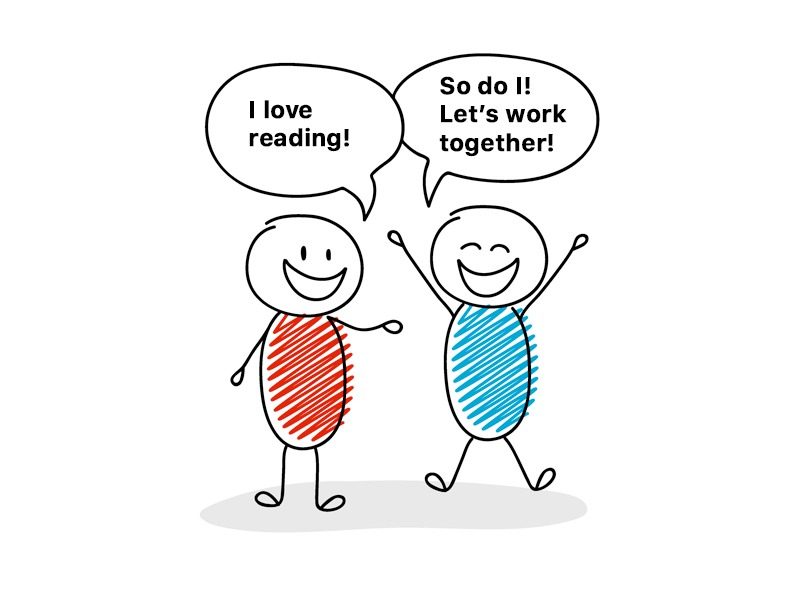
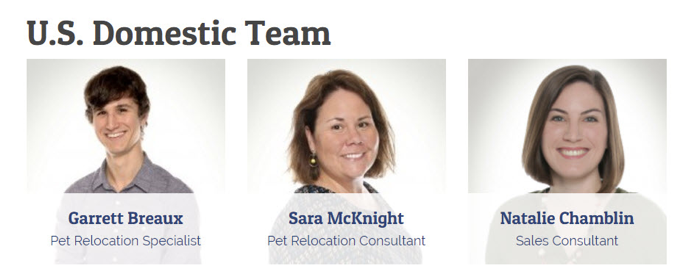
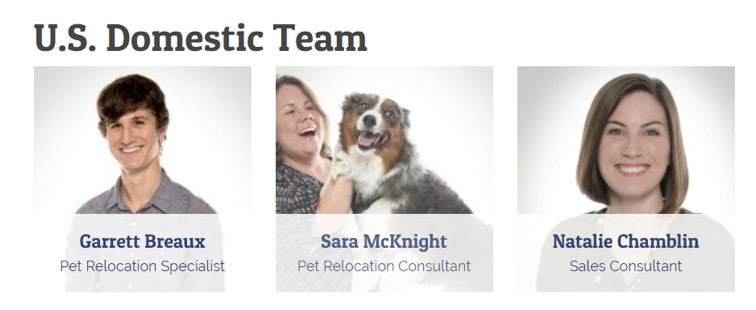
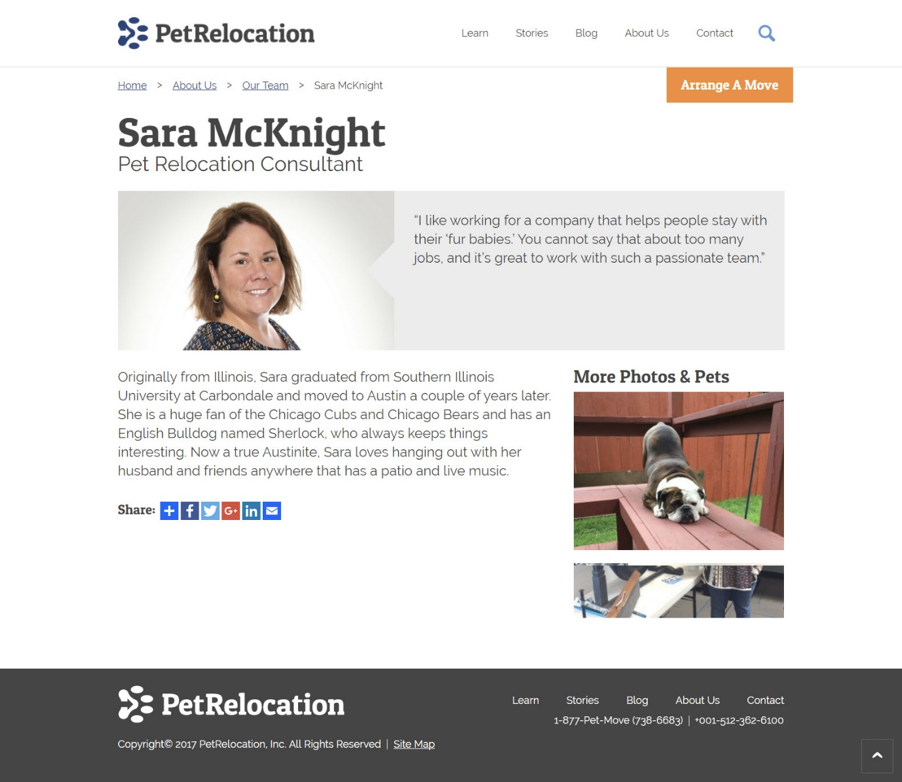
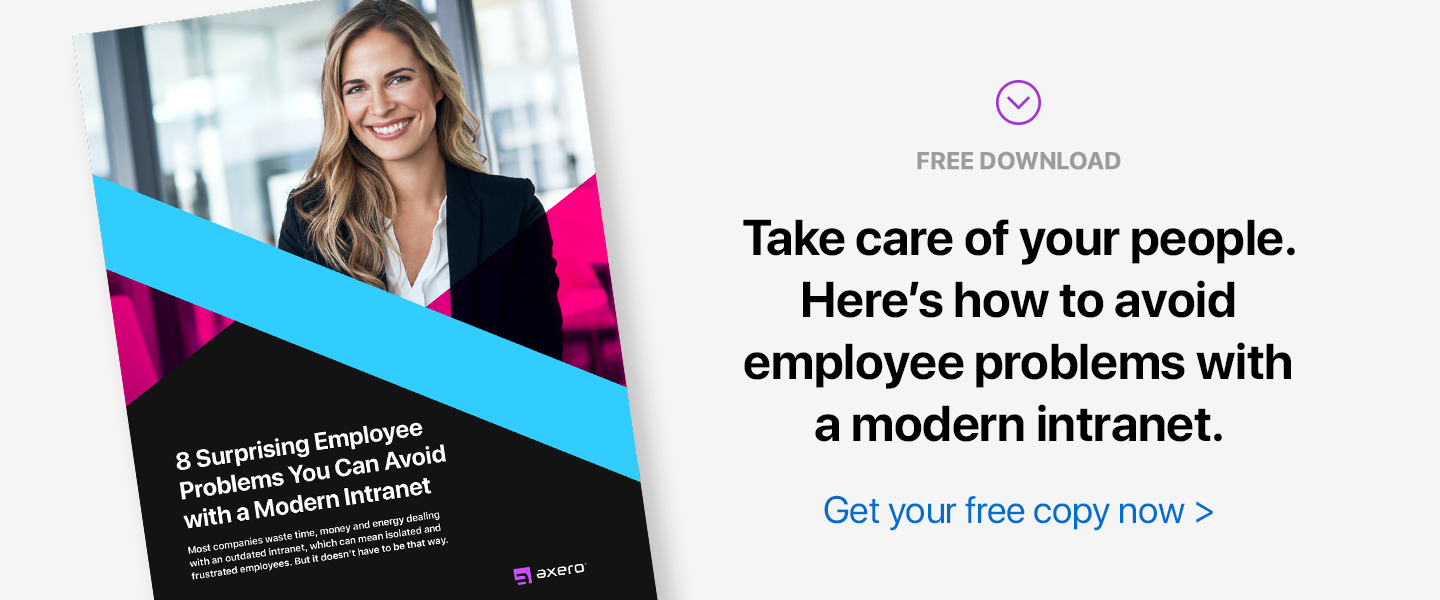
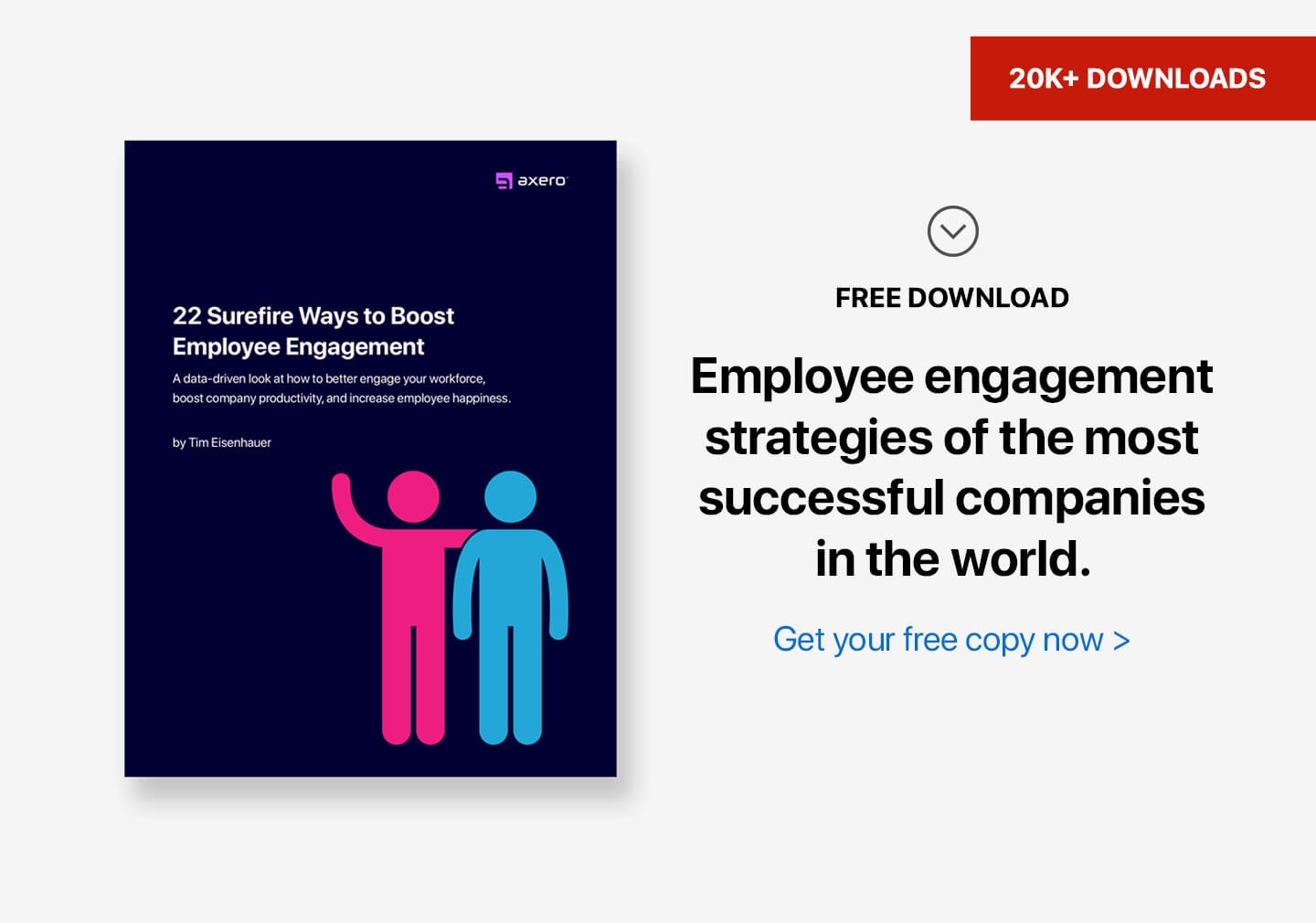
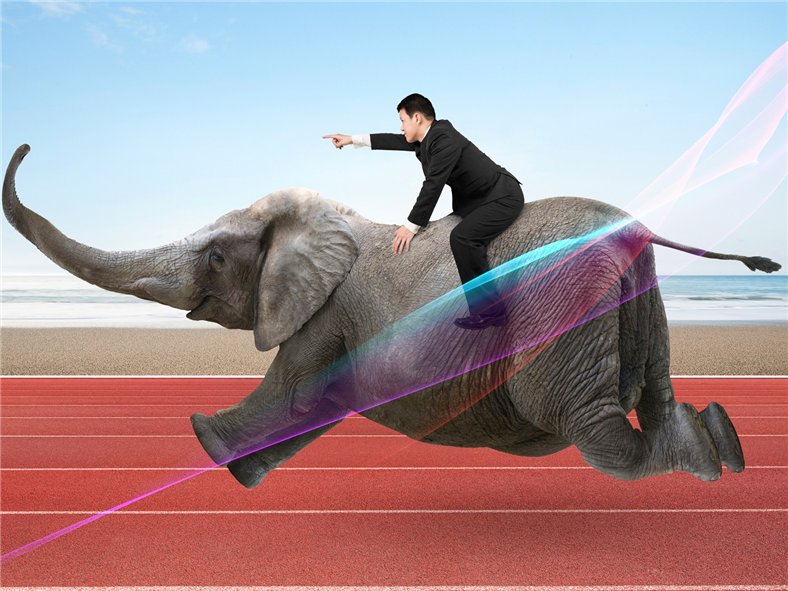









 info@axerosolutions.com
info@axerosolutions.com 1-855-AXERO-55
1-855-AXERO-55


